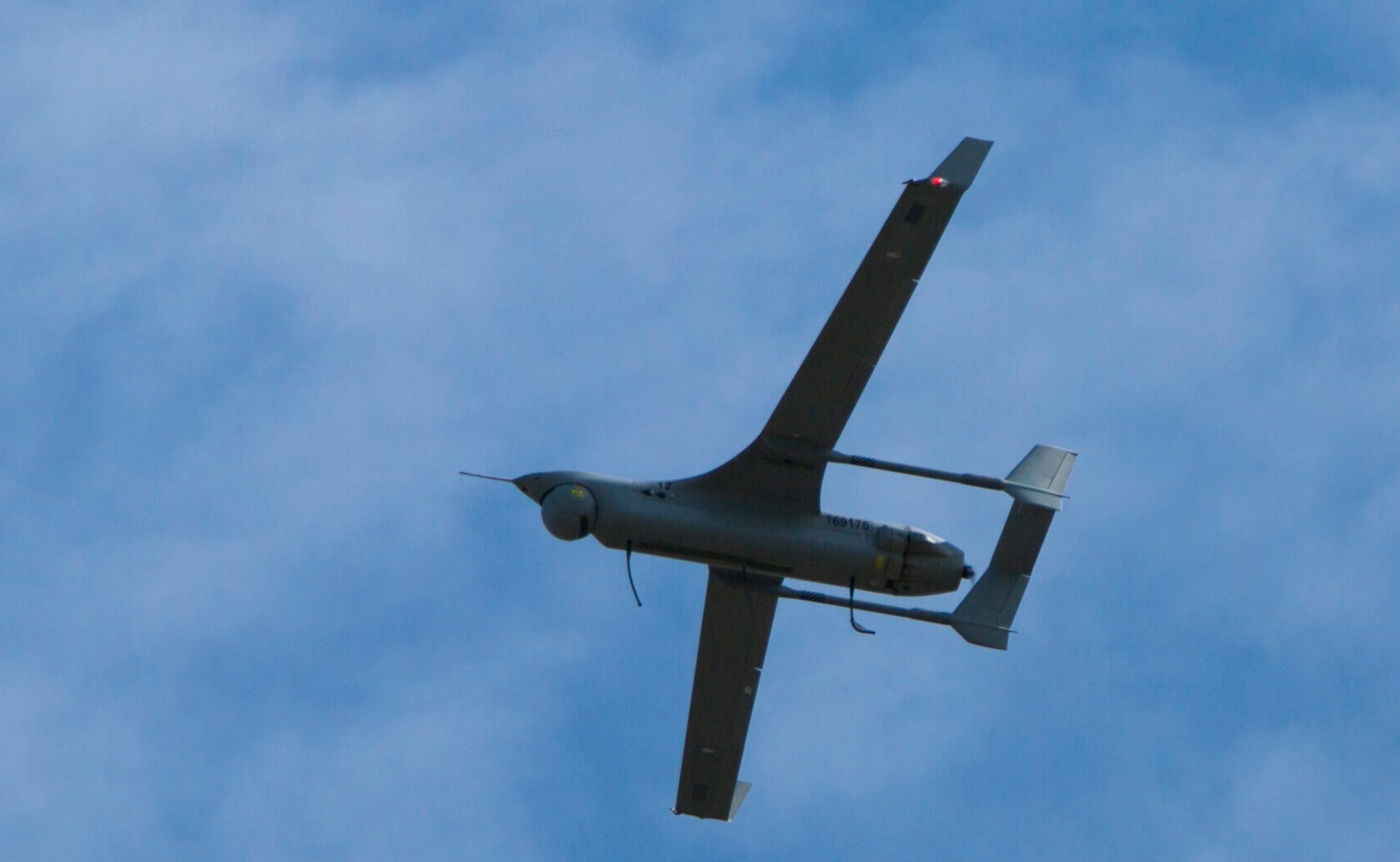ISRO Aditya-L1 Captures Full-Disk Images of Sun in Near Ultraviolet Wavelengths

The Aditya-L1 spacecraft Solar Ultraviolet Imaging Telescope (SUIT) instrument has achieved a significant milestone by capturing the Sun first full-disk images in the 200-400 nm wavelength range. Functioning aboard the spacecraft, SUIT utilizes a range of scientific filters to capture detailed images of the Sun photosphere and chromosphere.
On November 20, 2023, the SUIT payload was activated, initiating a successful pre-commissioning phase. The telescope marked a momentous occasion on December 6, 2023, when it captured its inaugural light science images. These groundbreaking images, obtained through eleven distinct filters (detailed in Table 1), present the Sun full-disk representations in wavelengths spanning from 200 to 400 nm, with the exclusion of Ca II h – a range previously studied by other observatories.
The comprehensive images, particularly in the Mg II h wavelength, reveal noteworthy features such as sunspots, plage, and regions of the quiet Sun. These findings offer scientists unprecedented insights into the intricacies of the Sun photosphere and chromosphere. SUIT observations are poised to aid researchers in exploring the dynamic interactions within the magnetized solar atmosphere, providing valuable constraints on the impact of solar radiation on Earth climate.
The development of the SUIT instrument was a collaborative effort led by the Inter-University Centre for Astronomy and Astrophysics (IUCAA), Pune. This collaborative venture included contributions from ISRO, the Manipal Academy of Higher Education (MAHE), the Centre for Excellence in Space Science Indian (CESSI) at IISER-Kolkata, the Indian Institute of Astrophysics Bengaluru, the Udaipur Solar Observatory (USO-PRL), and Tezpur University Assam.



